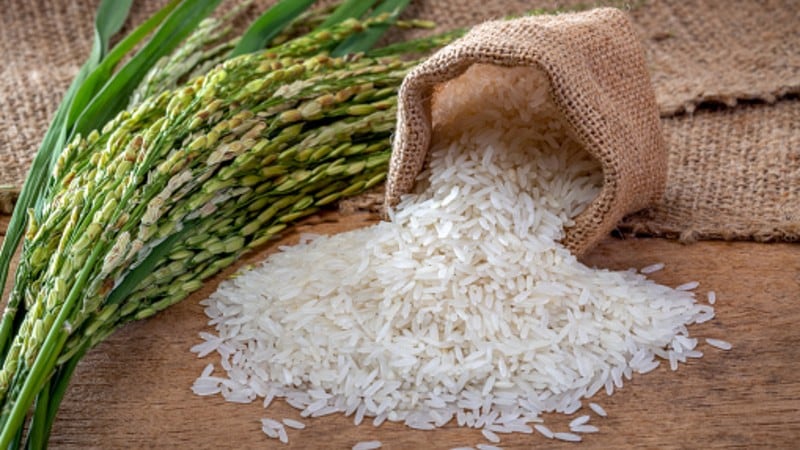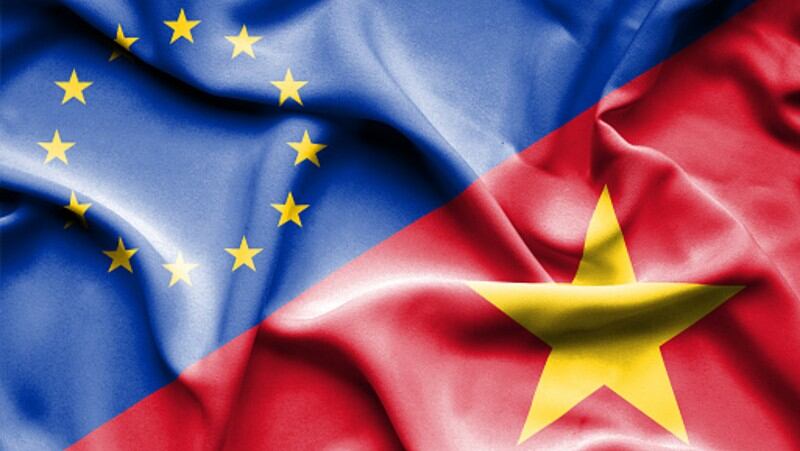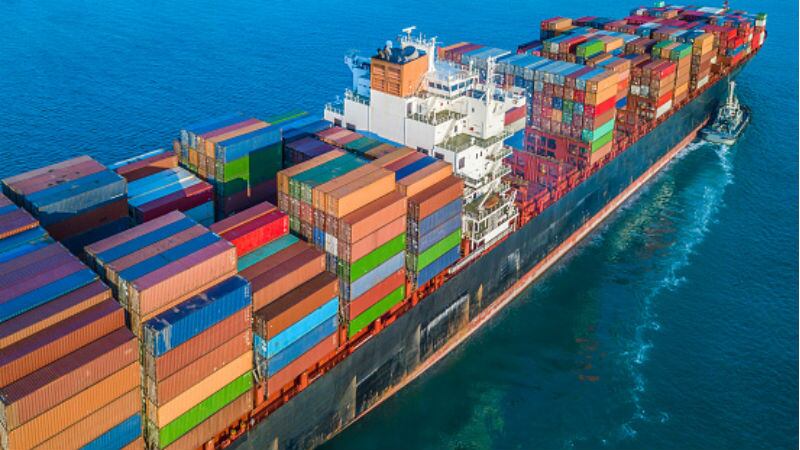The Philippines is the world’s largest importer of rice (between 7% and 14% of its requirements) and had initially announced a government-to-government (G2G) deal in May this year to buffer national stockpiles, with Department of Agriculture (DA) Secretary William Dar saying that discussions were in progress with Asia’s biggest rice producers Myanmar, Vietnam, Thailand, India and Cambodia.
Government agency Philippine International Trading Corp (PITC) issued a tender earlier this month for white rice imports with bids from India, Thailand, Vietnam and Myanmar, and Myanmar had been in the lead to supply some 75,000 tonnes to the Philippines based on its bids whereas India and Thailand bids were rejected.
However, the Philippines later announced in a June 24 statement that these import plans would be cancelled given Vietnam’s resumption of rice exports in May.
“[The G2G deal is] no longer necessary under the current situation [as supply issues] has been properly addressed with the lifting of the rice export ban by Vietnam and the rice import arrivals of around 1.3 million metric tonnes as of the third week of June,” said Dar.
“[By] no longer proceeding with the planned imports, the government will be able to generate PHP8.5bn (US$170.4m) savings, a sum which can be tapped to support productivity-enhancing activities in agriculture that can assist in ensuring food security for the country.”
Vietnam made headlines in March this year when it announced a rice export ban in what many deemed to be a ‘protectionist’ move threatening the global supply chain. The ban was a particularly hard blow for the Philippines for which Vietnamese rice traditionally makes up some 90% of imports.
Vietnam moved to allow 400,000 tons of rice exports in April, followed by a complete lifting of the ban in May after widespread criticism and mounting reports of rice spoiling or going to waste due to the ban.
That Vietnam has managed to secure Philippines’ rice trade is unsurprising given the legacy relationship between both countries, but at a price range of US$405 to US$450 per tonne as of June 25, in terms of price it is higher than global top exporter India at prices of US$373 to US$378 per tonne – which has led it to lose out on trade from some other ASEAN countries such as Malaysia.
Malaysia signed an agreement with India earlier this year to import a record 100,000 tonnes of rice, around double the average volumes imported from India over the last five years at about 53,000 tonnes.
“[The lower prices India is offering for its rice] is making buying lucrative from India,” said Olam India Rice VP Nitin Gupta told Reuters.
That said, it is also likely that political forces have come into play here – Earlier this year, India issued bans on Malaysian palm oil imports after then-Malaysian Prime Minister Tun Dr Mahathir Mohamad criticised India’s actions in Kashmir, badly affecting its exports as India was one of Malaysia’s largest palm oil buyers.
Mahathir was later ousted by his successor Muhyiddin Yassin, and since then both countries have been in discussions on solutions to repair the soured ties, and this could be one of them.
What about other countries?
According to data from Statista, India is the largest global rice exporter at 9.79 million metric tonnes, and Vietnam is the third-ranked at 6.58 million metric tonnes.
At second place is Thailand at 7.56 million metric tonnes – but Thailand has been laying relatively low as compared to India and Vietnam due to its current struggles with weather, economical and quality issues.
Droughts in the country have led to a low supply which has driven rice prices up to between US$514 and US$520 per tonne as of June 26, but most reports describe demand to be subdued despite an initial strong rise during COVID-19.
Thai Rice Exporters Association President Charoen Laothammathat told Nation Thailand that in April Thailand has exported over 640,000 tonnes of rice which was a 32.7% increase from March – but expected exports to drop after this due to prices and returning competitors.
“[The] price of Thai rice is higher than that of competitors due to limited supply and strengthening of the baht, [whereas] Vietnam, India and Pakistan have returned to the market,” he said.
On the other hand, rice is also a main staple in Indonesia but the country has largely remained out of top import and export lists as it struggles to decide whether or not to relax import regulations via its controversial omnibus law.
The Indonesian government also plans to strengthen self-sufficiency as well as potentially look to exporting rice by planting this across 2.2 million acres of land in Borneo, in what is now peatland – but the project has also come under fire by various parties.
“Peatlands in general contain few nutrients,” Bogor Institute of Agriculture (IPB) Basuki Sumawinata told Mongabay.
“So if they are to be managed for rice fields, it will need thorough and serious technology, with costs that we might not be able to imagine.”
In 1995, a project deemed the Mega Rice Project (MRP) was launched and failed spectacularly due to soil conditions, and was in essence similar to the upcoming new project announced by Indonesian President Joko Widodo.
This has led experts such as Sumawinata to fear that the new project will become a repeat of past mistakes – the abandoned project area purportedly burns on a yearly basis.
“In the past, we wanted to open up a rice estate in 1970 in South Sumatra. That ended up in failure. [And] then we wanted to open 2.5 million acres in 1995. Of that, where has rice cultivation has been sustained on peatlands?”





